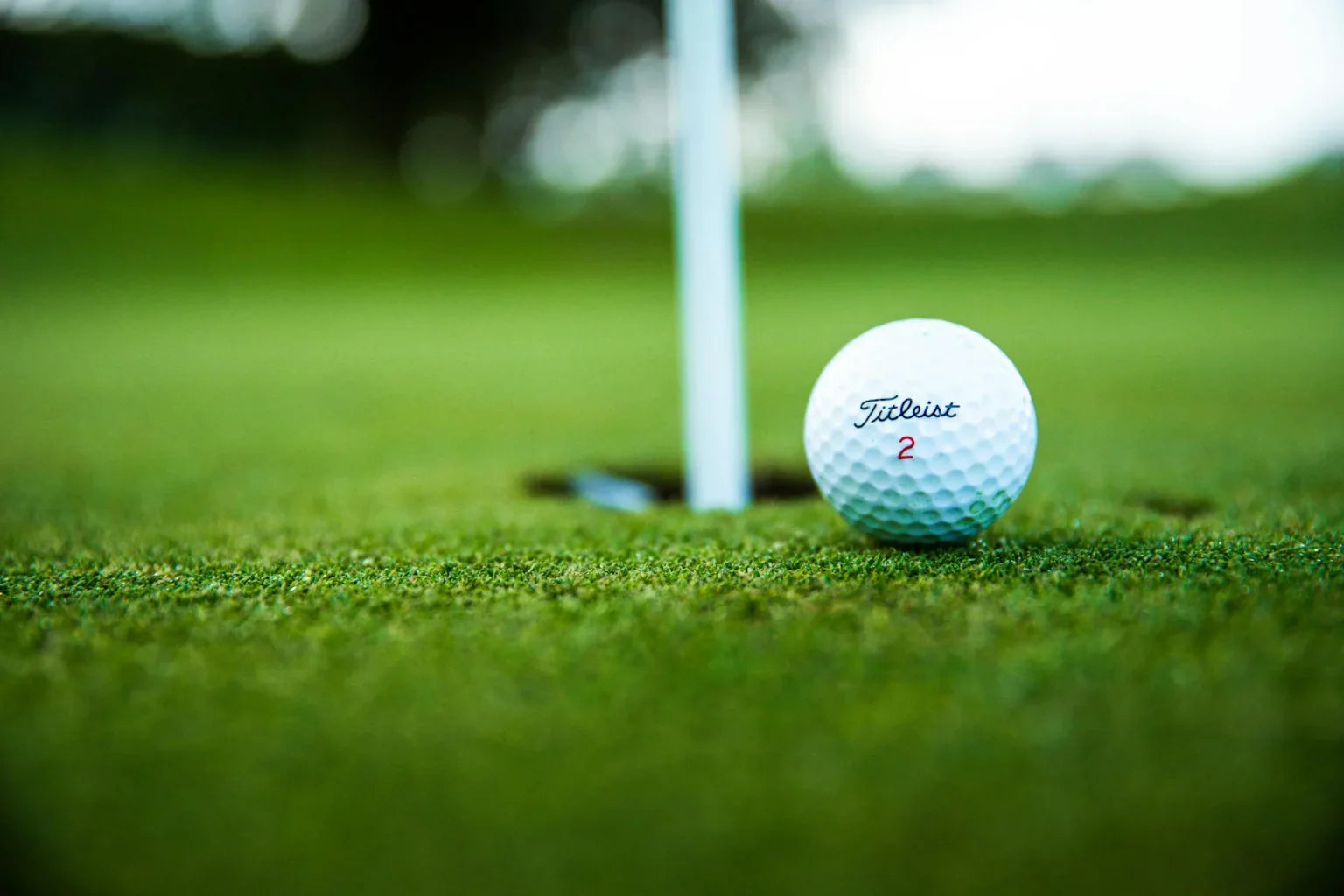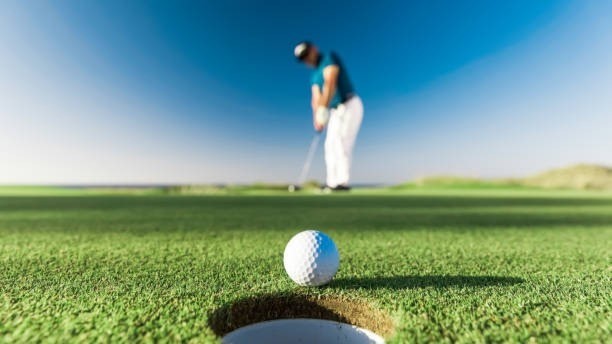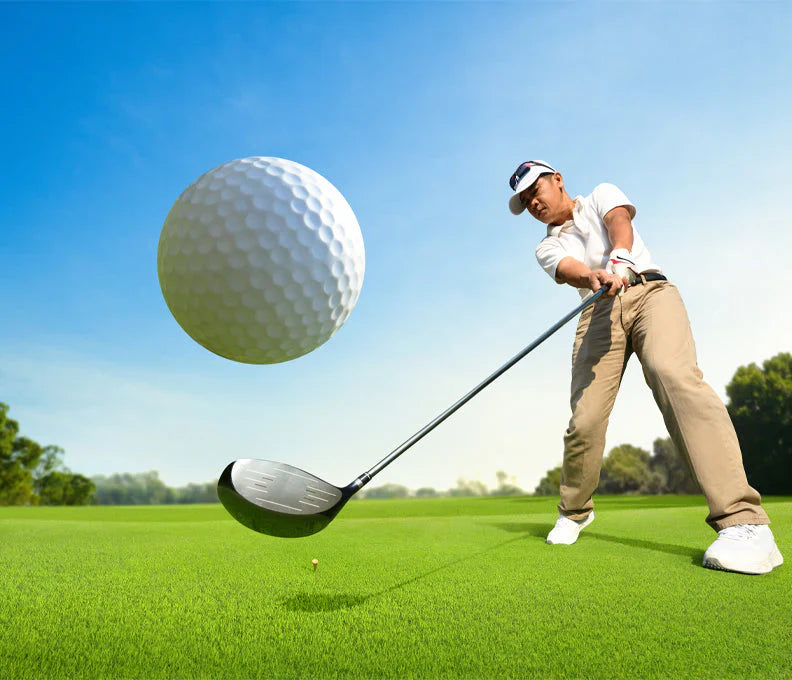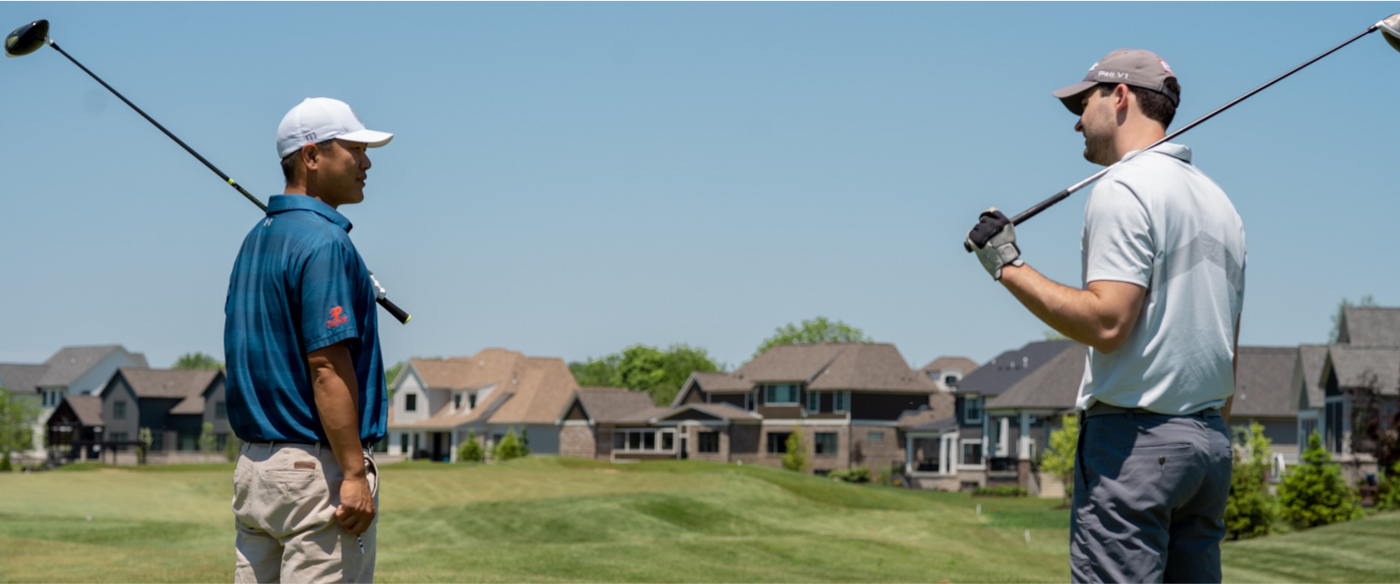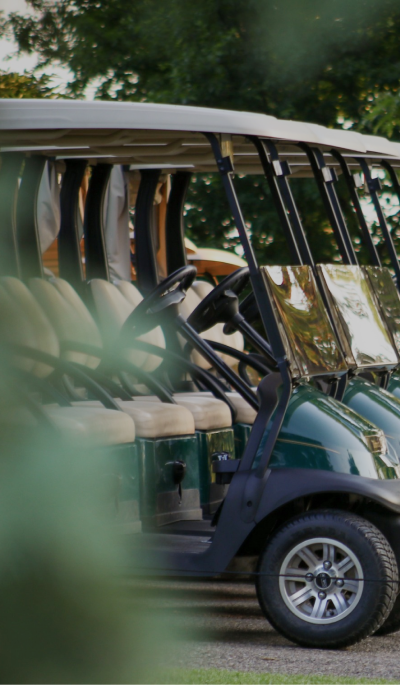- All
- ACCRA
- ACCRA Golf
- Accra Golf Shaft
- ACCRA Golf Shafts
- ACCRA Golf Shafts For Sale
- ACCRA Golf TZ Five
- ACCRA Golf TZ Six
- Accra Shafts
- Accra Tz Five
- Accuracy
- AD UB Shafts
- Adjustable Drivers
- Aftermarket Driver Shafts
- aftermarket golf shafts
- Aftermarket Shafts
- Aftermarket Shafts for Sale
- Aftermarket Veylix golf
- Aldila Rogue
- All New Srixon ZX Irons
- Altitude
- Apex MB Irons
- Apex TCB Raw Irons
- available
- Available at JD's Clubs
- available Fujikura Pro
- Available This Fall
- Axiom
- Beginner's Guide
- Best ACCRA Golf Shafts
- Best Club Fitting
- best custom accra golf shafts
- Best Custom Fitted Clubs
- Best Custom Golf Clubs
- Best Custom Golf Clubs Online
- Best Custom Golf Equipment
- Best Custom Golf Equipment in Denver
- Best Custom Golf Equipment Online
- best custom golf shafts
- Best Custom Hybrid Shafts
- Best Custom Hybrid Shafts Online
- Best Custom Irons
- Best Custom Irons For Sale
- Best Custom Shafts
- Best Custom Shafts Online
- Best Custom Wedges
- Best Fitted Clubs
- Best Golf Club
- Best Golf Club Customization
- Best Golf Club Design
- Best Golf Club Fitting
- Best Golf Club Fitting for Juniors
- Best Golf Club Grips
- Best Golf Club Head
- Best Golf Club Loft
- Best Golf Club Repair
- Best Golf Club Set
- Best Golf Club Sets for Seniors
- Best Golf Club Shafts
- Best Golf Clubs
- Best Golf Drivers
- Best Golf Equipment
- Best Golf Game
- Best Golf Gear
- Best Golf Gear Online
- Best Golf Investment
- Best Golf Investment for 2021
- Best Golf Irons
- Best Golf Putters
- Best Golf Shaft
- Best Golf Shafts
- Best Golf Wedges
- Best Putter in this Season
- Best Putters
- Best Shafts
- Best Shafts in JD's Clubs
- Best Woman's Golf Clubs
- Best Women's Golf Clubs
- BGT
- BGT Brava
- BLACK Cobra King LTD
- Black Gen 4
- Bounce
- Brava
- Brava Driver Shaft
- Bryson Signature Series
- buy custom golf clubs
- buy custom golf driver
- buy custom golf shafts
- buy golf shafts
- Callaway
- Callaway Apex 21 Irons
- Callaway Apex MB 18 Iron
- Callaway Apex MB 18 Iron For Sale
- Callaway Apex MB 18 Iron Online Store
- Callaway Apex Pro
- Callaway Apex Pro 21 Irons
- Callaway Apex Pro Irons
- Callaway Apex Pro Irons available
- Callaway Apex Pro Irons black
- Callaway Apex TCB Raw Irons
- Callaway Big Bertha
- Callaway Big Bertha B21 Drivers
- Callaway Big Bertha Hybrids
- Callaway Driver
- Callaway Epic
- Callaway Epic Flash
- Callaway Epic Flash Driver
- Callaway Epic Hybrid
- Callaway Epic Hybrid Pre-Order
- Callaway Epic Irons
- Callaway Epic Irons and Hybrids
- Callaway Epic Speed Driver
- Callaway Epic Super Hybrid
- Callaway Golf
- Callaway Golf clubs
- Callaway Golf Driver
- Callaway Golf Epic Drivers
- Callaway Golf For Sale
- Callaway Great Big Bertha Drivers
- Callaway Jaws Full Toe Wedges
- Callaway Jaws MD5 Tour Grey Wedges
- Callaway Paradym
- Callaway Rogue
- Callaway Rogue JDs Clubs
- Callaway Rogue ST
- Callaway Rogue ST Triple Diamond LS Driver
- Callaway Rouge ST
- Callaway Tour Issue
- Callaway Tour Issue February 2018
- Callaway Tour Issue Rogue
- Callaway Tour Issue Rogue 2018
- Callaway Tour Issue Rogue available
- Callaway Tour Issue Rogue for sale
- Callaway Wedges
- Callaway X Forged 18 Iron
- Callaway X Forged 18 Iron Callaway Apex MB 18 Iron Denver Store
- Callaway X Forged 18 Iron For Sale
- Callaway X Forged 18 Iron O
- Callaway's Fastest Fairway Wood
- Callaway's Rogue ST LS Fairyway Wood
- Callaway’s Jaws Raw Face Chrome Wedges
- Callaway’s Odyssey Toulon Design Putters
- Cast Golf Clubs
- CBB hybrids
- Cheap Price Toulon Putters
- Cleveland RTX-4 Wedges
- Climate Affect
- Club Fiting
- Club Fitting
- Club Grips
- Club Head
- Club Length
- Cobra
- Cobra Aerojet
- Cobra Aerojet Driver
- Cobra Aerojet Fairway
- Cobra Aerojet Family
- cobra black irons
- Cobra Cobra Speedzone Driver
- Cobra Drivers
- Cobra F9
- Cobra F9 King of Speed
- Cobra King
- Cobra King F8
- Cobra King F8 and F8+
- Cobra King F8 and F8+ Golf Drivers
- Cobra King F8 drivers pre-order
- Cobra King Forged Tec Irons
- Cobra King LTD BLACKOUT Driver
- Cobra King MMI Wedges
- Cobra King Putters
- Cobra King Putters Supremacy
- Cobra King Tec Hybrid
- Cobra King Tour Copper Irons
- Cobra LTDx
- Cobra LTDx LS Driver
- Cobra Speedzone Driver
- Copper Wedges
- Counterbalanced Putters
- COVID-19 Safety Precautions
- Custom Accra Golf Shafts
- Custom Accra Shafts
- Custom Clubs
- Custom Driver
- Custom Fitted Clubs
- Custom Golf
- custom golf clubs
- Custom Golf Clubs Online
- custom golf clubs. golf irons
- custom golf driver
- custom golf drivers
- Custom Golf Equipment
- Custom Golf Equipment in Denver
- Custom Golf Equipment Online
- custom golf hybrids
- Custom Golf Service
- custom golf shaft
- custom golf shafts
- custom golf wedges
- Custom Hybrid Shafts
- Custom Hybrid Shafts Online
- Custom Iron Sets
- Custom Irons
- Custom Irons For Sale
- Custom Irons For Sale Online
- custom putters
- Custom Shaft
- Custom Shafts
- Custom Shafts Online
- Custom Wedges
- custom-designed putters
- Data
- Daytona Speeder
- diamana kai'li
- Diamana PD
- Diamana PD Series
- Discounted Toulon Putters
- DIY Golf Club Repair
- Driver
- Driver Loft
- driver shaft
- driver shaft Fujikura
- driver shafts
- driving irons
- ebay store
- ebay store golf
- ebay store golf club
- ebay store golf items
- ebay store golf shafts
- ebay store jdsclubs
- Epic Flash Sub Zero
- Epic Flash Sub Zero Triple Diamond Driver
- Epic Speed Driver
- Epic Super Hybrid
- Evolution of Golf Club
- Expert Tips
- Extend the Life
- Fairway Hybrids
- Fairway Wood
- Fairway Woods
- Fitted Clubs
- for sale
- For Sale Aftermarket Shafts
- for sale Fujikura Speeder Platinum shafts
- Forged Golf Clubs
- Fujikura
- Fujikura ATMOS
- Fujikura ATMOS Hybrid
- Fujikura ATMOS Hybrid Shaft
- Fujikura ATMOS Red
- Fujikura ATMOS Red Golf Shaft
- Fujikura ATMOS Tour Spec
- Fujikura Daytona Speeder
- Fujikura golf shafts
- Fujikura Motore X
- Fujikura Motore X Shaft
- Fujikura Pro
- Fujikura Pro 2.0
- Fujikura Pro Series
- Fujikura Shaft
- Fujikura Speeder Evolution
- Fujikura Speeder Evolution III
- Fujikura Speeder Evolution V
- Fujikura Speeder NX Shaft
- Fujikura Speeder Platinum
- Fujikura Speeder Platinum for sale
- Fujikura Speeder Platinum shafts
- Fujikura Ventus
- Fujikura Ventus Black
- Fujikura Ventus Golf Shaft
- Fujikura Ventus Red
- Fujikura Ventus Shaft
- Fujikura Ventus TR
- Fujikura's Axiom
- Game Improvement Clubs
- golf
- Golf Apparel
- Golf Bag
- Golf Balls
- Golf Blue Shaft
- Golf Club
- Golf Club Customization
- Golf Club Design
- Golf Club Fitting
- Golf Club Fitting for Juniors
- Golf Club for Seniors
- Golf Club Grips
- Golf Club Head
- Golf Club Length
- Golf Club Loft
- Golf Club Loft Angles
- Golf Club Materials
- Golf Club Performance
- Golf Club Repair
- Golf Club Set
- Golf Club Sets
- golf club shaft
- Golf Club Shafts
- Golf Club Technology
- Golf Clubs
- Golf Clubs 2025
- golf clubs and shafts
- Golf Driver
- Golf Driver Fitting
- golf driver shaft
- Golf Driver Shafts
- golf drivers
- Golf Epic Drivers
- golf equipment
- Golf equipments
- Golf Experience
- Golf Fairway Wood
- Golf for Juniors
- Golf Game
- Golf Gear Online
- Golf Gears
- Golf Handicaps
- Golf Hybrid
- golf irons
- Golf Products Sale
- golf putters
- Golf Shaft
- Golf Shaft Store
- golf shafts
- Golf Shafts For Sale
- Golf Tees
- golf wedges
- Graphite Design
- Graphite Design Tour AD
- Graphite Design Tour AD CQ
- Graphite Design Tour AD HD Shafts
- Graphite Design Tour AD IZ Hybrid Shaft
- Graphite Design Tour AD Shafts
- Graphite Design Tour AD VR
- Graphite Design Tour AD XC Wood Shaft
- Graphite Shafts
- Great Big Bertha
- Great Big Bertha Drivers
- great deals custom golf clubs
- Groove Performance
- High Handicap
- High-Performance Golf Equipment
- Hot Deal Mitsubishi Rayon Tensei Shafts
- Hot Melt
- Hot Melt for Drivers
- Hybrid
- Hybrid Shafts
- HZRDUS Smoke Green
- HZRDUS Smoke Red RDX Shaft
- HZRDUS T1100
- HZRDUS T1100 fitter
- Impact of Golf Club Length
- Improve Score
- Innovations in Golf Club
- Innovative Golf Club
- Investment
- Iron Sets
- Japanese Golf Brand
- Jaws Full Toe Wedges
- Jaws Raw Series
- JC Porter
- JD"s Clubs
- JD's Clubs
- JDs Clubs’ Product Sale
- JD’s Clubs
- JPX 919 Series
- KBS
- KBS TD Driver Shaft
- KBS TD Driver/Wood Shaft
- KBS TD Wood Shaft
- KBS Tour Prototype Hybrid Graphite
- KBS Tour Prototype Hybrid Graphite Shaft
- King Cobra
- King Cobra Snakebite Wedges
- King Forged Tec Irons
- King Tec
- Kuro Kage
- Kuro Kage Shaft
- Kuro Kage XD
- Kuro Kage XD Mitsubishi
- Kyoei
- Kyoei at JD's Clubs
- Kyoei Golf
- LA Golf
- LA Golf DJ Signature Series
- LA Golf Shafts
- LA Golf Trono Shaft
- LA Golf’s Bryson Signature Series
- Loft
- Long Irons
- Low Handicap Clubs
- Making Birdies
- Metal Mesh Technology
- Mitsubishi
- Mitsubishi Brand
- Mitsubishi Chemical
- Mitsubishi Diamana GT-Series
- Mitsubishi Diamana Kaili
- Mitsubishi Diamana Kaili for 2022
- Mitsubishi Golf Shafts
- Mitsubishi Kai’Li Blue Shaft
- Mitsubishi Kuro Kage Shaft
- Mitsubishi Rayon Diamana
- Mitsubishi Rayon Diamana DF Series Shaft
- Mitsubishi Rayon Tensei
- Mitsubishi Rayon Tensei Shafts
- Mitsubishi Vanquish Golf Shaft
- Mitsubishi's Tensei Pro White 1k Shaft
- Mitsubishi’s KURO KAGE
- Mitsubishi’s MMT™ Woods
- Mizuno
- Mizuno at JD's Clubs
- Mizuno Drivers
- Mizuno golf selection
- Mizuno JPX 923 Tour Irons
- Mizuno Pro 225
- Mizuno ST 200 Driver
- Mizuno ST 200 Drivers
- Mizuno ST-X 220 Driver
- Mizuno ST200 Driver
- Mizuno ST200 X
- Mizuno ST200G
- Mizuno T22 Denim Copper Wedges
- MMI Wedges
- MMT Shafts
- MMT™ Woods
- MP-20 Irons
- New Equipment
- New Game Improvement Clubs
- New in the Market
- NorCal Putters
- Oddysey Toulon Putters
- Odyssey Toulon Design Atlanta Putter
- Odyssey Toulon Design Collection
- Online Golf Shaft Store
- Online Store Cobra King F8 and F8+ Golf Drivers
- Online Store Golf Drivers
- Perfect Balance
- Perfect Golf Swing
- Personalized Custom Golf
- Personalized Performance
- pre-order Cobra King F8
- Pre-Order Cobra Speedzone Driver
- pre-orders
- Premium Golf Shaft
- Pro 2.0 Tour Spec
- Pro Repair
- Pro Vs DIY
- Product Feature
- Project X
- Project X EvenFlow
- Project X EvenFlow Shafts
- Project X EvenFlow Shafts For Sale
- Project X EvenFlow Shafts Sale
- Project X Hzrdus
- Project X Hzrdus Black Gen 4
- Project X HZRDUS shafts
- Project X HZRDUS Smoke Green RDX
- Project X HZRDUS Smoke Red RDX
- Project X Smoke Green RDX Golf Shaft
- Project X's
- Project X’s HZRDUS Smoke Green
- Project X’s shafts
- Pros and Cons
- Puma Golf Wears
- Puma Products
- Puma Soft Goods
- Puma Sports Wear Apparels
- Pure Shaft
- Putter
- Putters
- RB Tour and RB Tour X
- Replacing Clubs
- Right Choice
- Rotex Face Technology
- safety on golf course
- Sale Toulon Putters
- San Diego Stroke Lab Putter
- Sensors
- Shaft
- Shaft Setup
- shafts
- Shafts for Sale
- Short Game
- Smart Golf Clubs
- Smoke Green RDX
- Smoke Red RDX
- Snakebite Wedges
- sole grinds
- Speeder Evolution IV
- Speeder Evolution IV for sale
- Speeder Evolution IV sale
- Speeder Evolution IV seller
- Speeder NX Shaft
- Speeder TR
- Speeder TR available
- Speeder TR for sale
- Spin
- Srixon
- Srixon Irons
- Srixon Z Series
- Srixon Z-Forged
- Srixon Z-Forged Irons
- Srixon ZX Irons
- Srixon ZX Wood Series
- SST Pure
- SST Pure Shaft
- ST 190 Drivers
- ST 200 Drivers
- ST-X 220
- ST-X 220 Driver
- ST180 Driver
- Stealth 2
- Steel Shafts
- Stroke Lab Putter
- Stroke Lab Putter Series
- Swing Speed
- Swing Weight
- T22 Denim Copper Wedges
- TaylorMade
- Taylormade M4
- Taylormade M5 and M6
- TaylorMade Stealth 2 Plus Hybrid
- Tensei
- Tensei Pro White
- Tensei Pro White 1k Shaft
- Tensei Pro White Hybrid Shafts
- Tensei shaft
- the best Callaway Rogue
- Top 10
- Top 10 Golf Clubs
- Top Custom Shaft
- top quality custom-designed putters
- Toulon Design Austin Putter
- Toulon Design Indianapolis Putter
- Toulon Design Memphis Putter
- Toulon Putters
- Toulon Putters JDs Clubs
- Toulon Stroke Lab Putte
- Toulon Stroke Lab Putter
- Tour AD
- Tour AD CQ
- Tour AD HD Shafts
- Tour AD IZ
- Tour AD IZ for sale
- Tour AD IZ Hybrid Shaft
- Tour AD IZ sale
- Tour AD IZ shafts
- Tour AD UB Shafts
- Tour AD XC
- Tour AD XC Wood Shaft
- Tour Copper Irons
- Tour Irons
- Tour Issue Rogue
- Tour Issue Rogue for sale
- Trono
- Trono LA Golf Shafts
- Twist Face
- Unique Golf Shaft
- Upgraded driver shaft
- Upgraded golf shaft
- Upgrading Clubs
- Vanquish
- Ventus TR
- Veylix golf shaft
- Veylix golf shafts
- Veylix shafts
- wedges
- Wet Conditions
- Woman's Golf Clubs
- ZX Irons
- ZX Wood Series
Golfers striving for optimal performance in 2025 must consider environmental factors that influence their equipment. Altitude and climate significantly impact how golf clubs perform, affecting distance, accuracy, and overall playability. From high-altitude courses to humid coastal fairways, understanding these effects is essential for selecting and maintaining the right clubs. This guide examines how altitude and climate alter club performance and offers practical solutions for adaptation. JDs Club, known for providing the fastest custom shaft delivery in golf, enables players to tailor their equipment swiftly to meet these environmental challenges.
The Impact of Altitude on Golf Club Performance
At higher altitudes, where air density is lower, golf balls travel farther due to reduced air resistance. For every 1,000 feet above sea level, ball distance can increase by approximately 2-3%, affecting club selection. Drivers and woods benefit from this, requiring less loft to achieve optimal trajectory, while irons may need adjusted lie angles to maintain accuracy. However, thinner air can reduce spin rates, impacting control on approach shots. Golfers at elevation, such as in Denver or alpine resorts, should prioritize clubs with adjustable hosels for loft tuning and lightweight shafts to maximize swing speed. Custom shaft options from JDs Club, delivered rapidly, allow precise adjustments to suit high-altitude conditions.
How Climate Influences Golf Club Dynamics
Climate variations, including humidity, temperature, and wind, significantly affect club performance. High humidity increases air density, slightly reducing ball distance but enhancing spin for better control, particularly with wedges. Conversely, dry climates, common in desert courses, allow for longer shots but may challenge spin consistency. Cold temperatures stiffen club shafts, reducing flexibility and feel, while warm conditions can make grips slick, affecting hold. Golfers should seek clubs with moisture-resistant grips and shafts optimized for specific flex, such as those offered by JDs Club, which provides rapid customization to match local climate conditions. Regular maintenance, like cleaning grips and checking shaft integrity, is also critical.
Adapting Equipment Choices for Environmental Conditions
To counter altitude and climate effects, strategic equipment selection is vital. At high altitudes, consider hybrids over long irons for better launch angles and control. In humid or rainy climates, wedges with high-spin grooves and putters with firm face inserts ensure consistent performance. For windy conditions, clubs with lower center-of-gravity designs help maintain stable ball flight. Customization is key, and JDs Club’s fast-delivery custom shafts allow golfers to fine-tune flex and length to match environmental demands. Additionally, using golf apps with environmental data integration can guide club selection on the course, ensuring adaptability to changing conditions.
Practical Tips for Optimizing Performance Across Conditions
Golfers can enhance performance by adopting proactive strategies. Schedule fittings to assess swing dynamics in local conditions; for example, a ladies’ flex shaft may suit slower swings in humid or high-altitude areas. Regularly inspect equipment for wear, particularly grips in humid climates or shafts in extreme temperatures. Practice with adjustable clubs to simulate various conditions, and leverage JDs Club’s rapid customization to test different shaft configurations. Avoid common pitfalls, such as using ill-fitted clubs or neglecting environmental data, to maintain consistency. Testing equipment on-course before committing ensures optimal performance tailored to specific climates and altitudes.
Conclusion
Understanding how altitude and climate affect golf club performance is essential for golfers aiming to excel in 2025. By selecting clubs with adaptable features and maintaining them for specific conditions, players can achieve greater distance, accuracy, and control. JDs Club’s industry-leading custom shaft delivery enables rapid equipment personalization to meet these challenges. Visit JDs Club to schedule a fitting and optimize your set for any course environment. Share your experiences with adapting equipment to altitude and climate in the comments to contribute to the golfing community’s knowledge.




